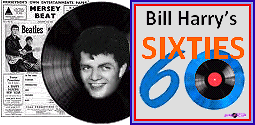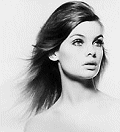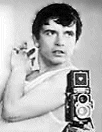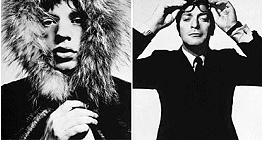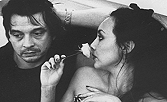
The Swinging Sixties saw the rise of several photographers who became celebrities in their own right. They were young (in their 20s), classless (several hailed from the East end of London – David Bailey, Terence Donovan and Brian Duffy) and brought innovative techniques to the world of fashion photography, including grainy prints taken on high-contrast film.
Bailey, the son of a tailor, was born on 2nd January 1938 and had left school at the age of 15. As a child he’d first been attracted to photography while taking photographs of garden birds with his father’s box camera.
